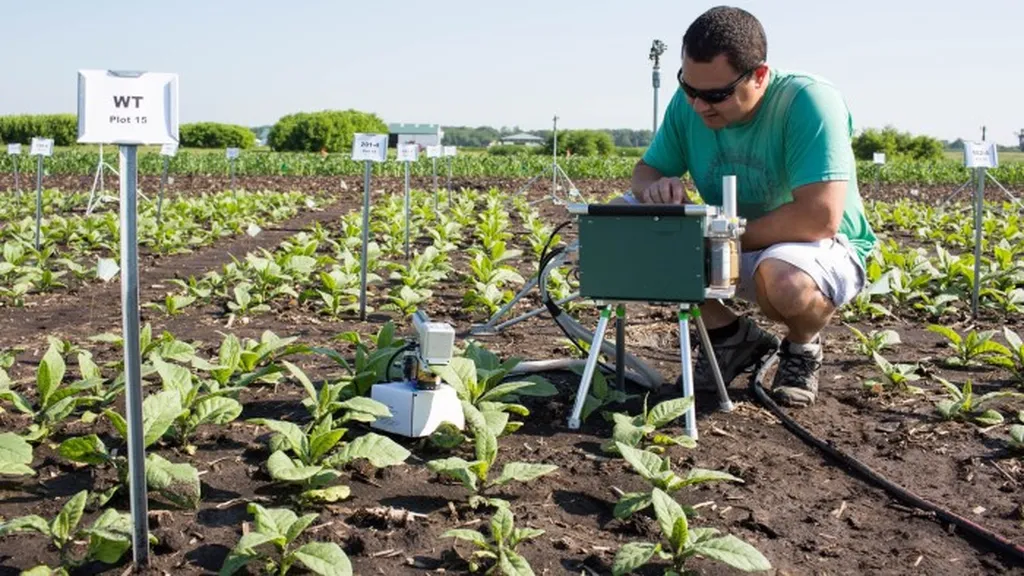In the heart of China’s Zhejiang Province, researchers are harnessing the power of light and learning to revolutionize soil analysis. Wanzhu Ma, a scientist at the Institute of Digital Agriculture under the Zhejiang Academy of Agricultural Sciences, has led a groundbreaking study that could transform how we understand and manage our soils. The research, published in the Nature Research journal *Scientific Reports* (which translates to *Scientific Reports* in English), offers a rapid, non-destructive, and cost-effective method to estimate soil free iron content using spectral reflectance and machine learning algorithms.
Soil free iron is a critical indicator of soil health and evolution. Traditional methods of measuring it are often time-consuming and destructive. Ma’s team collected spectral reflectance data from 540 soil samples across 135 locations, exploring various spectral transforms and machine learning algorithms to find the most accurate and efficient estimation method.
The team found that the first derivative (FD) transform of spectral data was the most efficient, with an average R-squared value (a measure of accuracy) of 0.797 during training. However, the continuum removed (CR) transform showed higher accuracy during testing, with an R-squared value of 0.644. The study also revealed that variable selection based on principal component analysis (PCA) improved model accuracy compared to using the full or correlated spectra.
The best combination of spectral transform, variable selection, and modeling method was found to be FD, PCA, and support vector machine (SVM) algorithm. This combination achieved an impressive R-squared value of 0.876 during training and 0.803 during testing.
“This study demonstrates the potential of spectral reflectance and machine learning for rapid, non-destructive, and economical estimation of soil free iron content,” Ma said. “It opens up new possibilities for soil properties mapping, crop nutrient management, and addressing environmental issues.”
The commercial implications of this research are significant, particularly for the energy sector. Accurate and efficient soil analysis can aid in the development of bioenergy crops, improving their yield and nutrient content. It can also assist in the remediation of contaminated soils, a critical issue for energy companies operating in areas with a history of industrial activity.
Moreover, the methods developed in this study could be applied to other soil properties, expanding their utility across various industries. As Ma notes, “The potential applications of this research are vast. It’s not just about soil free iron; it’s about unlocking the secrets of our soils to benefit agriculture, energy, and the environment.”
The study also highlights the importance of careful model selection to avoid overfitting, where a model performs well on training data but poorly on new, unseen data. The team found that the CR transform and random forest (RF) algorithm were prone to overfitting, emphasizing the need for rigorous validation and testing.
As we face increasing pressure to feed a growing population and address environmental challenges, innovative methods like those developed by Ma and her team offer a beacon of hope. By harnessing the power of light and learning, we can unlock the secrets of our soils and pave the way for a more sustainable future.
The research not only advances our scientific understanding but also brings us one step closer to practical, large-scale applications that could reshape the energy sector and beyond. The journey has just begun, and the future of soil analysis looks bright.

